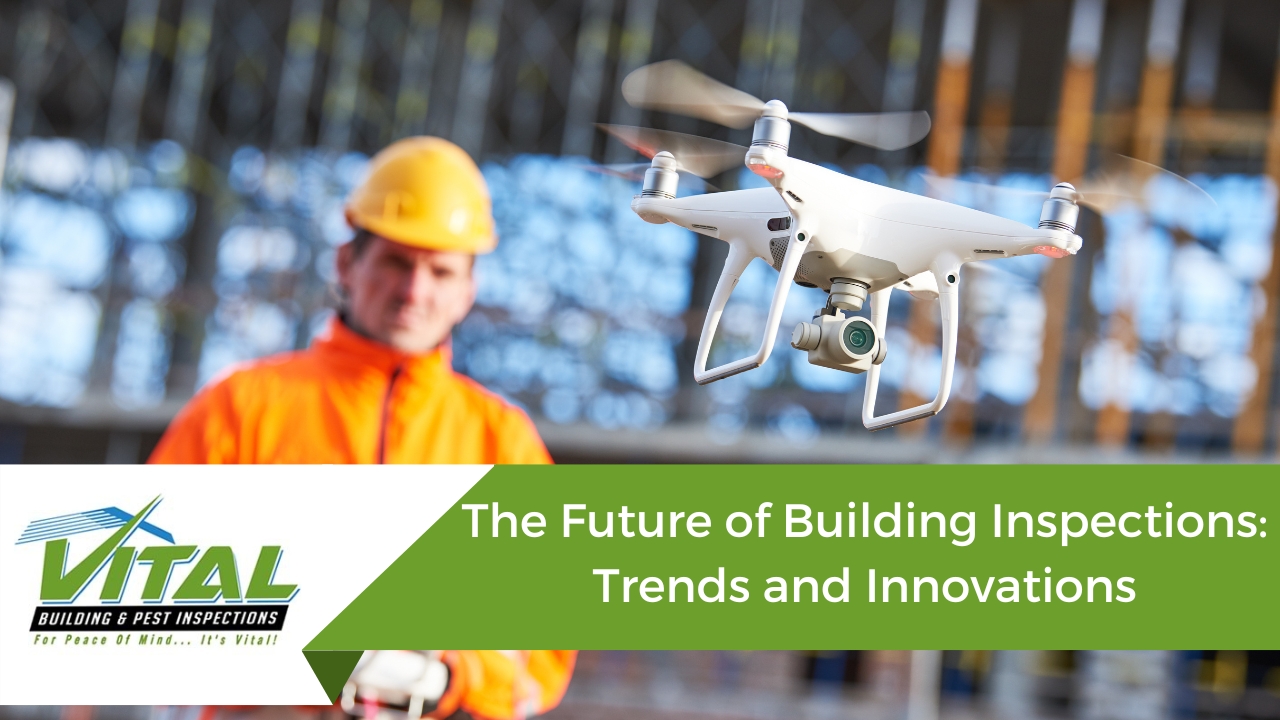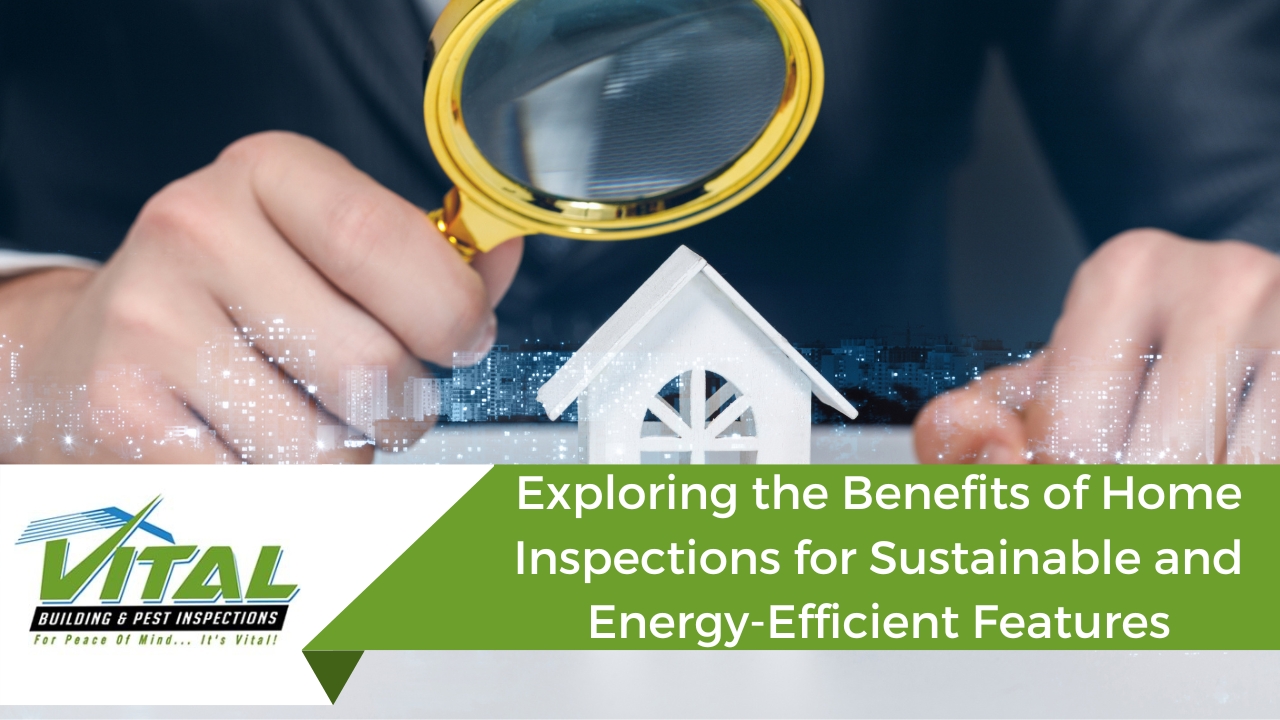What lies ahead for the building inspection industry in Australia?
Building inspections play a crucial role in the construction industry, ensuring that buildings are safe, compliant with regulations, and meet the necessary standards.
As technology continues to evolve, building inspections are also evolving. In Australia, the future of building inspections looks promising, with numerous trends and innovations likely to transform the industry in the coming years.

Drones in Building Inspections
One of the significant trends in building inspections in Australia is the use of drones.
Drones are becoming increasingly popular in building inspections, providing a faster, safer, and more efficient way of conducting inspections.
For example, drones can quickly access areas that are hard to reach or dangerous for inspectors, such as roofs, facades, and high-rise buildings, without risking human lives. In addition, drones equipped with thermal imaging cameras can detect thermal abnormalities, such as heat loss and water ingress, which can help identify potential defects and energy efficiency issues.
Augmented Reality and Virtual Reality
Another trend in building inspections is using augmented reality (AR) and virtual reality (VR) technologies. These technologies are already being used in other industries, such as gaming and entertainment. They are now being adopted in the construction industry.
AR and VR technologies can help inspectors visualise building plans and identify potential issues before construction begins. For example, inspectors can use AR and VR technologies to see how a building looks and functions in real life, identify any design flaws or inconsistencies and make necessary changes before construction begins. This can save time and money in the long run by reducing the need for rework and redesign.

AI and Machine Learning
Building inspections also benefit from the use of artificial intelligence (AI) and machine learning (ML).
AI and ML can help automate the inspection process, making it faster and more efficient. For example, AI and ML algorithms can analyse building plans and identify potential risks, such as fire hazards or structural weaknesses. They can also analyse data from sensors installed in buildings and predict potential maintenance issues, such as equipment failure or water leaks. This can help building owners and managers prioritise their maintenance and repair efforts, reducing the risk of major issues and minimising downtime.
Cloud-based Software
In addition, using cloud-based software is another trend in building inspections. Cloud-based software enables building inspectors to access and share information in real-time, from anywhere, using any device. This can improve communication and collaboration between inspectors and building owners, as well as reduce the need for paper-based documentation, which can be cumbersome and time-consuming.
Cloud-based software can also help building owners and managers track their maintenance and repair efforts more efficiently, ensuring their buildings remain safe, compliant, and efficient.

Building Information Modelling
One of the innovations in building inspections that will likely gain traction in the coming years is the use of Building Information Modelling (BIM).
BIM is a digital representation of a building’s physical and functional characteristics, including its geometry, spatial relationships, and components. BIM enables building inspectors to simulate and analyse different scenarios, such as during fire or earthquake, to identify potential risks and determine the best course of action in the event of an emergency. BIM can also help building owners and managers optimise their building’s energy efficiency by analysing factors such as orientation, shading, and thermal performance.
Sensors and IoT
Another innovation in building inspections is the use of sensors and Internet of Things (IoT) devices.
Sensors and IoT devices can monitor a building’s environment, including temperature, humidity, air quality, and lighting, to ensure that it remains safe, comfortable, and efficient. For example, sensors can detect smoke or gas leaks and alert building managers and emergency services, reducing the risk of fire or explosion. Sensors can also adjust lighting and temperature levels based on occupancy patterns, reducing energy consumption and improving comfort.
Blockchain Technology
Lastly, the use of blockchain technology is another innovation that has the potential to transform the building inspection industry.
Blockchain technology can provide a secure and transparent way of storing and sharing building inspection data, improving trust and accountability between stakeholders in the construction industry. For example, building inspection reports stored on a blockchain can be easily accessed and verified by building owners, regulators, and other stakeholders, reducing the risk of fraud or data manipulation. Blockchain technology can also help streamline the payment process in the construction industry by enabling secure and transparent payment transactions between contractors, subcontractors, and suppliers.

Possible setbacks to a progressive building inspection industry
While the future of building inspections in Australia looks promising, there are also some challenges that need to be addressed.
One of the main challenges is the shortage of skilled building inspectors, which can impact the quality and efficiency of building inspections. To address this issue, there needs to be a greater investment in education and training programs to attract and retain skilled inspectors.
In addition, there needs to be greater collaboration between industry stakeholders, such as building owners, regulators, and inspection agencies, to ensure that building inspections are conducted to the highest standards.
Another challenge is the cost of implementing new technologies and innovations in building inspections. While these technologies can bring significant benefits, they can also require significant investments in equipment, software, and training. To address this issue, there needs to be a greater awareness of the long-term benefits of these technologies, and more innovative financing options, such as public-private partnerships and leasing arrangements, to help building owners and managers access these technologies.
Take advantage of quality, professional and progressive building inspection services in Sydney.
The future of building inspections in Australia looks promising, with numerous trends and innovations that are likely to transform the industry in the coming years. Drones, AR/VR technologies, AI/ML, cloud-based software, BIM, sensors/IoT devices, and blockchain technology are just some of the technologies that are already being adopted in the industry.
While some challenges need to be addressed, such as the shortage of skilled inspectors and the cost of implementing new technologies, the potential benefits of these technologies are significant, including improved safety, compliance, efficiency, and sustainability in the construction industry.
If you have a Sydney property that requires professional inspection, look to Vital Building Inspection.
Backed by over 18 years of experience in the building industry, we provide pre-purchase inspections, building inspections, and pest inspections that meet Australian standards.
We are dedicated to providing our clients with expert advice on the condition of any property – whether they are buying, selling, renovating, or building – while putting our client’s interests above all else. Request a quote today or call us on 0401 012 074 for enquiries.






